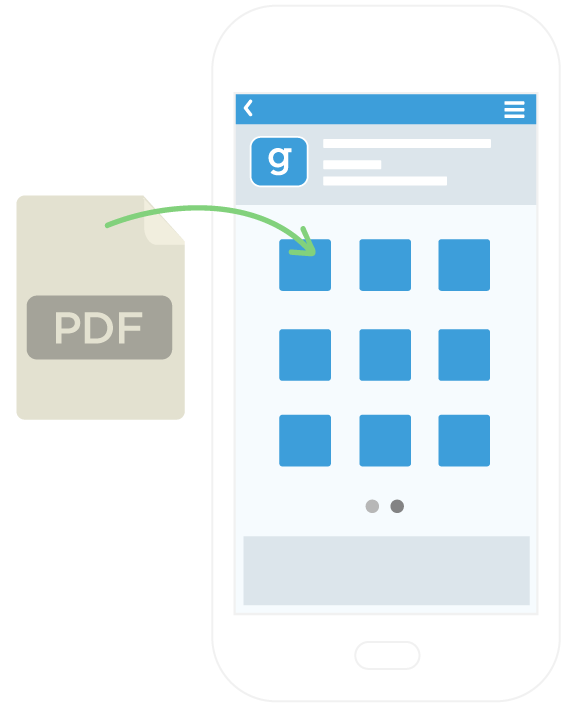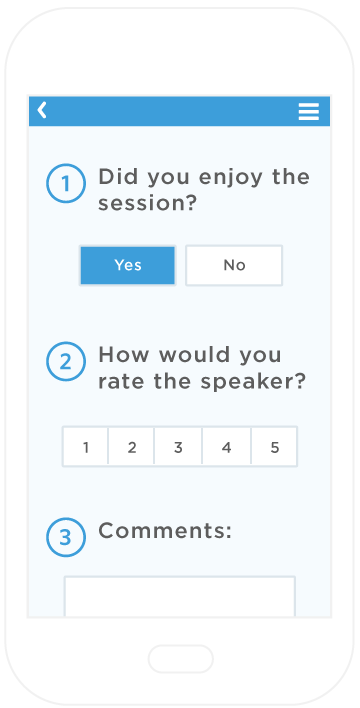Lightening the Load of the Academic Conference Program
Digitizing abstracts of academic conference programs is saving orgs money and backaches
Academic and medical conferences have an 800-pound gorilla in the room…and it’s made out of paper. There’s nothing like checking in at a conference and immediately being saddled with several reams of paper all in the name of research.
Of course, there are some inherent problems here – not every attendee needs every abstract, the cost of printing is exorbitant, and paper programs are notoriously inflexible and out-of-date just to name a few. Organizers everywhere are looking for a scalable way to reduce the printing, but still maintain the academic integrity of the conference.
Out with the old
Dr. Tracey Robey is the sole manager of the Renaissance Society of America’s global conference. In recent years, she had found that printing a program was absolutely unsustainable. “We printed 3000 copies of our program guide. Each program weighed 2.5 pounds,” she admitted. And since the conference is held internationally, Tracey often found herself shipping five freight pallets of almost 4 tons of paper across the globe.
“It was getting out of control. By the time the paper program was handed out at the conference, it was wildly inaccurate – a product of the need to typeset and edit it months ahead of time. We knew that this was not sustainable.”
In with the new
 Tracey is certainly not alone in this frustration, so she chose to go down a path that would save her from excessive printing, but also still deliver the content her attendees expect. She moved her program to a mobile event app.
Tracey is certainly not alone in this frustration, so she chose to go down a path that would save her from excessive printing, but also still deliver the content her attendees expect. She moved her program to a mobile event app.
Transitioning to an app might seem counterintuitive at first. After all, wouldn’t giant paper programs translate to giant mobile downloads that eat phone storage and data plans for lunch? Not exactly.
Today’s event apps have presentation documents figured out. With an app like Guidebook, it’s possible to actually attach abstracts and presentation decks directly to the session listing in the schedule, while hosting the files themselves in the cloud. As simple as that, you have a complete academic conference program packed with all the content a paper program would provide, plus the advantage of some interactive engagement features.
More than an academic conference program
 Introducing mobile tools into an academic conference provides benefits well beyond the ability to cut paper usage. Many conferences are taking advantage of a mobile app’s engagement features in order to add value to their conference. Mobile can be more than content delivery – it can add an element of interactivity.
Introducing mobile tools into an academic conference provides benefits well beyond the ability to cut paper usage. Many conferences are taking advantage of a mobile app’s engagement features in order to add value to their conference. Mobile can be more than content delivery – it can add an element of interactivity.
Patrick O’Rourke of the University Professional and Continuing Education Association wanted his app to be able to collect data on each presentation. “It’s a moral imperative to do assessments at a conference – especially an academic one,” he said.
Using Guidebook, Patrick was able to not only attach abstracts to each of his sessions, but also a feedback survey that allowed UPCEA to evaluate the success of each individual presentation. He even went so far as to say, “Assessments are the most important thing we do with Guidebook.”
Make it interactive
Tracey Robey is looking forward to saving a total of $20,000 on printing and typesetting this year thanks to the use of her mobile conference app. As the methods of content delivery evolve, so does the ability to offer added value to your participants. Many event organizers are not only finding success in reducing the amount of printing, but also in adding engaging new features that stand to offer valuable insights.
If you want to get started building a mobile academic conference program, you can get started for free now by using Guidebook Builder.



